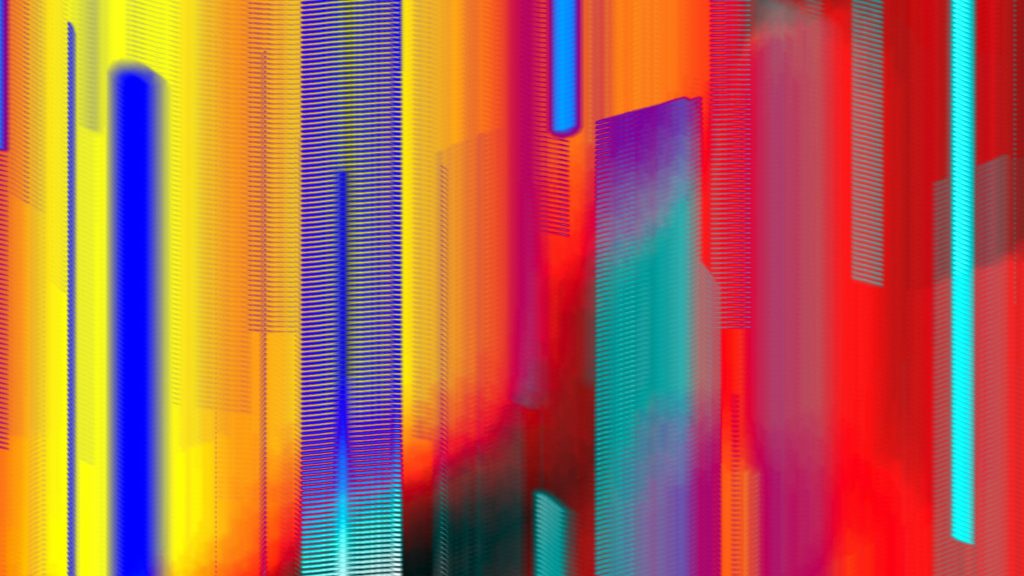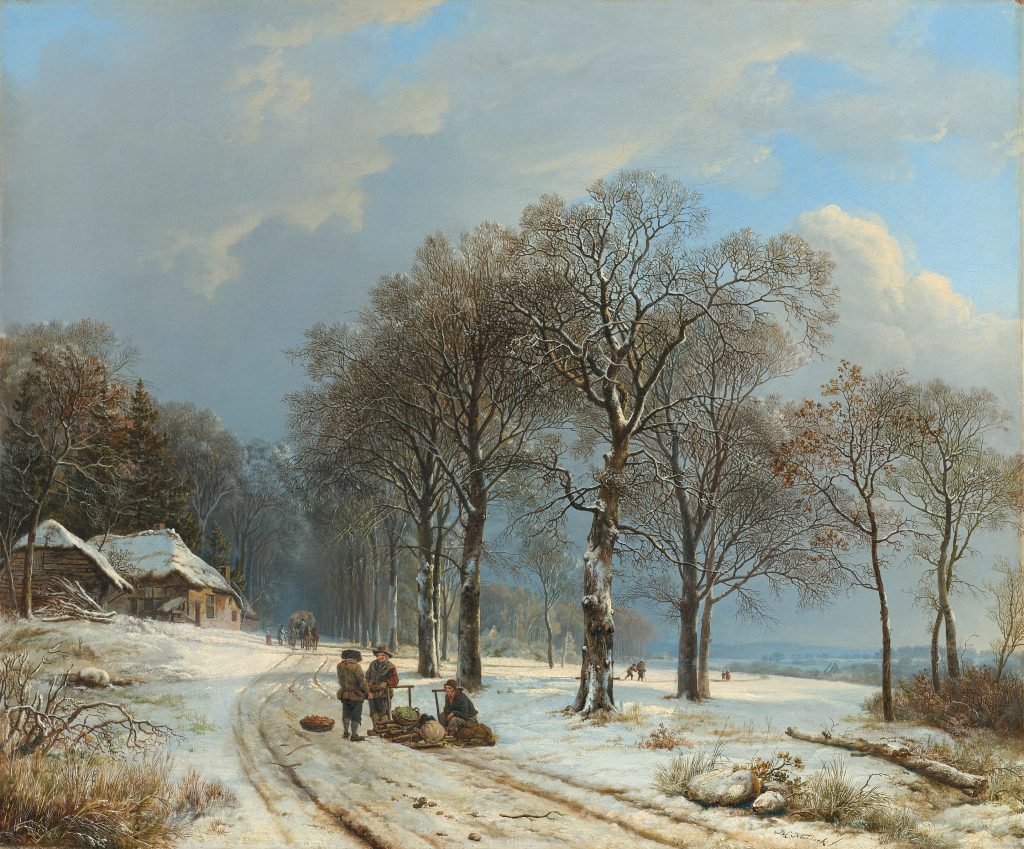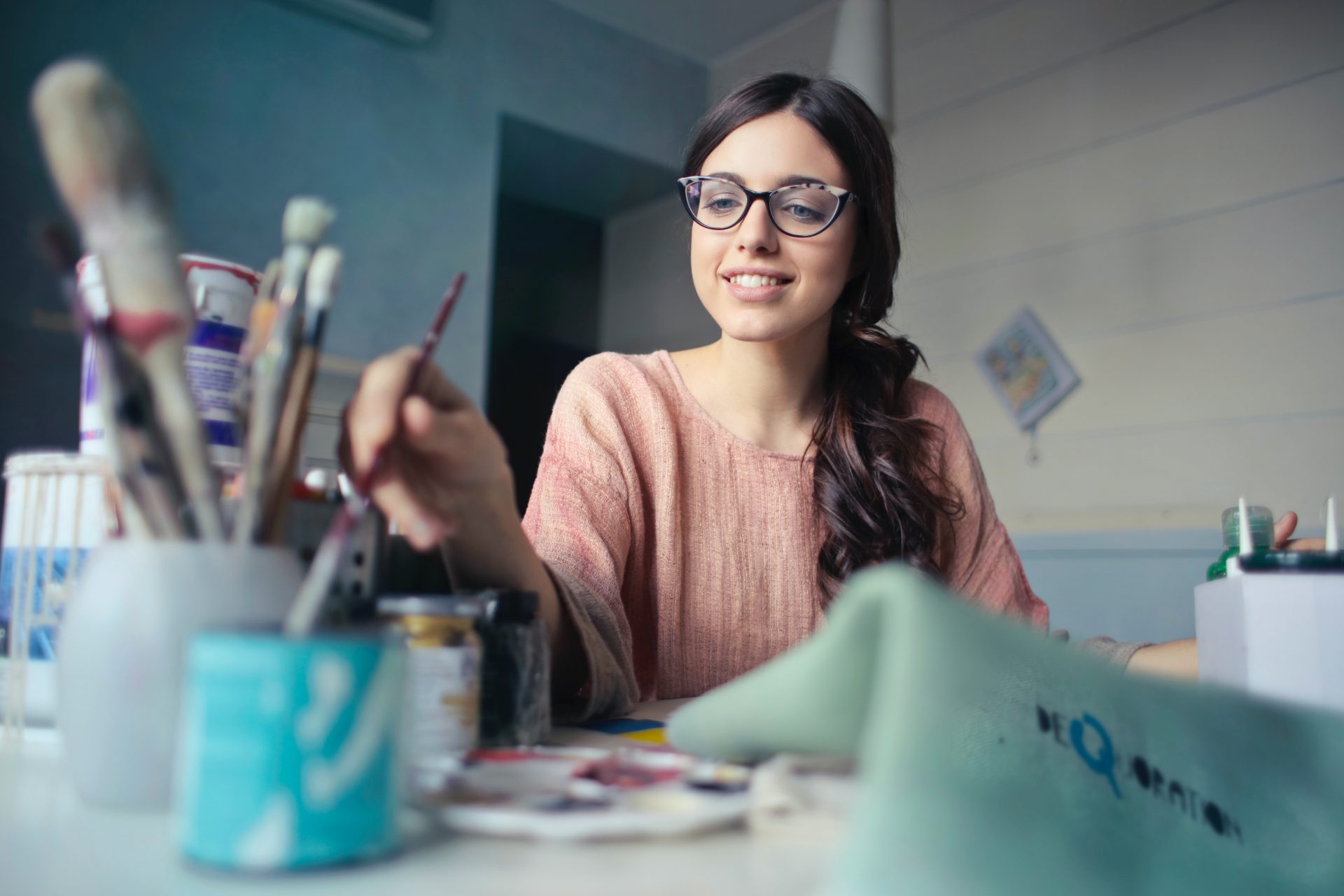Arts of all types have always been highly subjective. In fact, there isn’t a single person or entity who can even wholly define art and its various artistic styles. The sheer dynamism, elasticity, and flexibility in the arts is very immense, given its highly lucrative nature. And, if the subject is such, the programs, studies, and understanding of it become just as complex. Perhaps more so for students who are eager to explore the area but don’t yet fully understand the underlying principles.
In this article, we will explore two of the main segments in modern art and art studies – digital and traditional art. The information may be beneficial to those who have been struggling with knowing exactly what differentiates each category and how and why to choose between them when getting started.
What Exactly Is Digital Art?
Digital art can be described as all the art forms that are created using any kind of digital technology. Today, art can be created using various forms of hardware and software. The most common way to produce digital art today is by using a laptop with some integrated software.
Digital art has become highly synonymous with almost all aspects of the internet. It is an integral part of virtually all creations found online. But even before it is uploaded, it forms a major part of several design thinking processes to engage audiences.
Pros of Digital Art
- Very Convenient
The whole process of creating and dispersing one’s artwork is much easier across the digital world. As opposed to traditional artwork, one doesn’t need as much material to create digital art. Digital art can easily be created with devices like laptops, smartphones, tablets, and more. All one needs is the technical know-how and the appropriate software that facilitates their type of work.
- Easily Shareable
Digital art is uploaded across various channels on the internet. To foster an overall community, modern applications and platforms have to work in a certain unison to allow users to share their media across them. Not only is it easy to upload one’s artistic work but it’s also easy to share it across various channels.
- Easier for Marketing Processes
Because of its overall ease in creation, dispersion, and more, digital artists are able to market their art and themselves much better. Various aspects of modern digital marketing are free to use and benefit from. Digital artists also have the advantage of learning several new methods and techniques from other creators and marketers. It is like an open market where everyone can learn, innovate, and apply their forms of genius.

Cons of Digital Art
- Increased Chances for Plagiarism
One of the biggest risks for digital artists is that their work can be easily downloaded, copied, and used without their permission on the internet. Although plagiarism affects people from various walks of life, artists are usually hit the hardest. One way to counteract this is to use better platforms and apply trademarks or watermarks on all of the work.
- High Levels of Competition
Digital artists often have to face a lot of cutthroat competition from millions of other creators and organizations. Above this, today’s digital art climate is increasingly turning into one that fosters content creators. This has further increased the overall competition in this space. But, this also gives digital artists the impetus to diversify their approach and make their overall output more unique.
What Exactly Is Traditional Art?
As the term suggests, traditional art comprises all forms of artwork that are created mechanically and organically. As opposed to digital art, one needs to use their abilities and skills in a wholly physical form and manner. Traditional art can also be described as a do-it-yourself (DIY) form of creation that is almost always influenced by culture, history, and traditions.
Pros of Traditional Art
- Can Be a Great Meditative Process
Because most traditional art utilizes one’s personal skills applied through their body parts, it can be a very meditative and wholesome process. Because of its vast cultural and historical influence, this form of art is always created with certain know-how and calmness. Today, traditional artwork has become an integral part of various healing processes too. Some of the best traditional art forms that may transpire these innate feelings are zen art, doodling, pottery, recycled art, and more.
- It Generally Has a Higher Value
Traditional art usually takes more time and energy to produce than digital art. Furthermore, some of its forms can utilize a variety of materials and other associated processes to produce. Invariably, this increases the value of traditional artwork. A fine example of this would be the difference in price between artistic clothing weaved by hand versus those created by machinery.

Cons of Traditional Art
- Can Be Difficult to Disperse & Market
Traditional artwork is more difficult to create, distribute, and sell. This is because there are a limited number of copies that can be created or channels that can be used to showcase them. Although one can produce digital copies of their traditional artwork, it doesn’t have the same value as its physical piece. This means that unless one can physically see traditional artworks in person, they will not realize the whole value it contains.
- Can Be Harder to Learn & Execute
As discussed, traditional artwork is mostly a lot harder to produce than digital artwork. This makes the whole process of creating art more time-intensive. Not only does one need more time and patience for the process, but the tools needed can be more costly.
To Conclude
People should always consider all the points when faced with the options that can direct and dictate their careers. When it comes to the domain of art, both forms – digital and traditional – have their sets of advantages and disadvantages. But, because each individual is different and unique, one should always thoroughly assess and gauge their position — both for the present and the future. This will help them make the soundest decision. In the meantime, keeping tabs on all forms of art can give aspiring artists the inspiration they need for their next work.
Author’s bio: Kevin Taylor is an artist from New York with years of expertise. For the last 4 years, the author participated in ‘find a tutor’ programme and applied various techniques to help students with creating art. Kevin’s artwork was exhibited in Centre Pompidou and B


